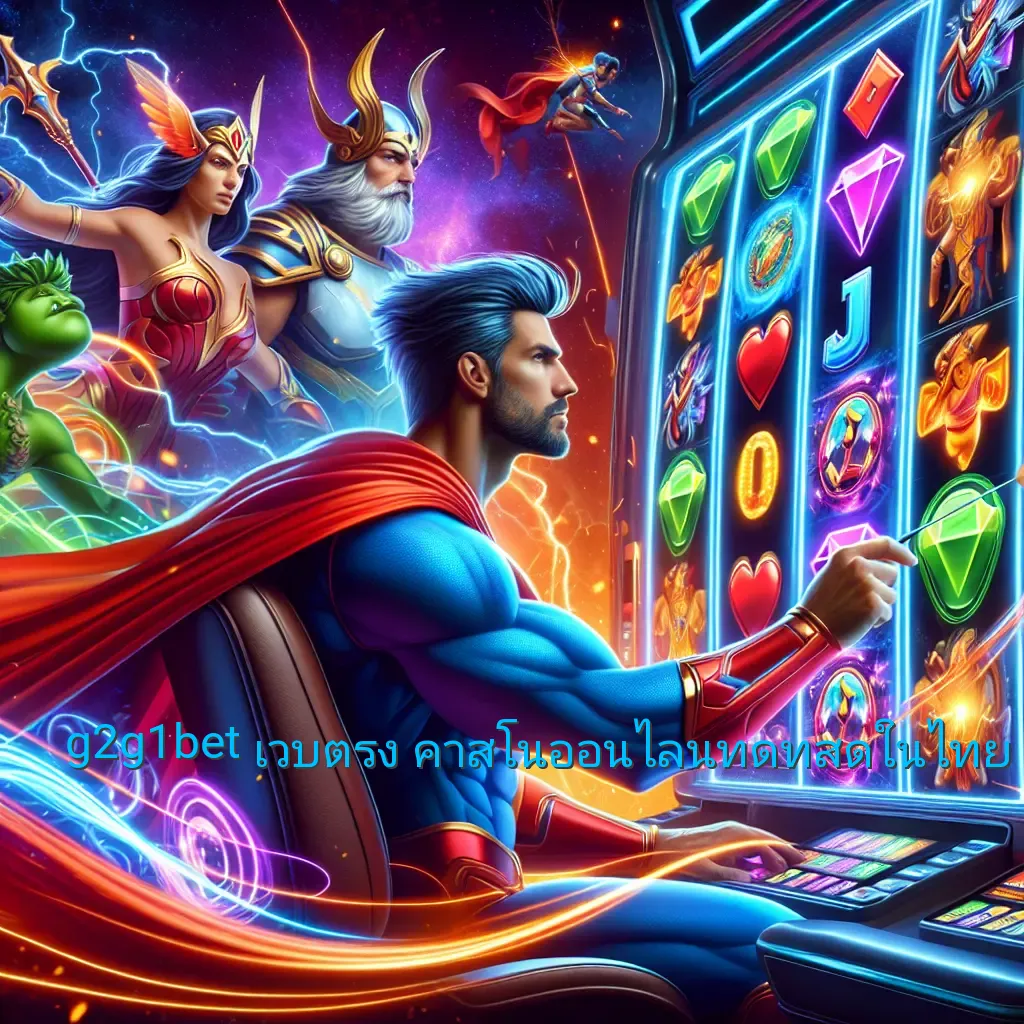Online gaming has evolved from a niche hobby into a global entertainment powerhouse, with millions of players from all over the world engaging in virtual worlds daily. With the rise of high-speed internet, sophisticated gaming technology, and social connectivity, the online gaming industry has seen explosive growth. This article delves into the current trends, impacts, and the future of online gaming.
The Rise of Online Gaming
Online gaming has come a long way from its early days in the 1990s when multiplayer games were confined to local networks or dial-up connections. The advent of broadband internet in the early 2000s transformed the gaming landscape, making it easier for players to connect with others in real-time, regardless of geographic location. Today, online games range from casual mobile apps to immersive multiplayer online role-playing games (MMORPGs), providing experiences that cater to players of all types.
Trends in Online Gaming
- Esports and Competitive Gaming Esports, or electronic sports, has become one of the most popular facets of online gaming. Professional leagues, tournaments, and live-streamed events have made gaming a spectator sport, attracting millions 88clb of viewers and offering lucrative prize pools. Games like League of Legends, Dota 2, and Counter-Strike: Global Offensive are at the forefront of the esports scene, with dedicated fan bases, sponsorships, and media coverage. This trend has transformed online gaming into a viable career path for players and streamers alike.
- Mobile Gaming The proliferation of smartphones has made gaming more accessible than ever before. Mobile gaming has surged, with titles like Clash of Clans, Pokémon GO, and PUBG Mobile reaching millions of players worldwide. Mobile games are now a dominant force, generating significant revenue through in-app purchases and advertisements. The convenience of gaming on-the-go, coupled with the accessibility of casual games, has expanded the reach of online gaming to all age groups.
- Cloud Gaming Cloud gaming services, such as Google Stadia, Xbox Cloud Gaming, and NVIDIA GeForce Now, have gained traction in recent years. These services allow players to stream games directly to their devices, eliminating the need for expensive hardware upgrades. With the rise of 5G networks and more robust cloud infrastructure, cloud gaming is expected to revolutionize the way games are distributed and played, making high-quality gaming experiences accessible to more people around the globe.
- Virtual Reality (VR) and Augmented Reality (AR) Virtual and augmented reality have made significant inroads into the online gaming industry. VR headsets like the Oculus Quest provide players with fully immersive environments, while AR games like Pokémon GO blend the digital and real world. These technologies promise to reshape the way players interact with games, offering more interactive, dynamic, and sensory experiences that transcend traditional gaming.
The Impact of Online Gaming
- Social Connections One of the most significant impacts of online gaming is its ability to connect people from different corners of the world. Multiplayer games have become social hubs where players form friendships, build communities, and even collaborate on shared goals. Social interaction within games can break down barriers of distance, culture, and language, fostering a sense of belonging and camaraderie among players.
- Economic Influence The online gaming industry is a major economic driver, generating billions of dollars annually through game sales, microtransactions, and advertising. In addition to the financial success of major game developers and publishers, the industry has created a wide array of jobs, from game designers to professional esports players and content creators. With the rise of streaming platforms like Twitch and YouTube Gaming, players can now monetize their gaming experiences and build global audiences.
- Mental Health and Well-Being While online gaming has numerous benefits, such as enhancing problem-solving skills and providing stress relief, there are concerns about its impact on mental health. Excessive gaming can lead to issues like addiction, social isolation, and disrupted sleep patterns. However, for many players, gaming serves as a positive outlet, offering a sense of achievement and an escape from daily stresses. Moderation and responsible gaming habits are key to maintaining a healthy balance.
The Future of Online Gaming
The future of online gaming looks bright, with technological advancements paving the way for new and exciting experiences. As internet speeds improve and gaming hardware becomes more powerful, players can expect even more realistic graphics, faster gameplay, and immersive worlds. With the continued growth of esports and the increasing popularity of mobile and cloud gaming, the industry is poised to attract even more players and viewers.
Artificial intelligence (AI) and machine learning are also expected to play a larger role in shaping the future of gaming. These technologies could be used to create more dynamic, responsive in-game environments, as well as to enhance the experience for players through personalized content and recommendations.
Conclusion
Online gaming has become an integral part of modern entertainment, offering a dynamic blend of social interaction, competition, and creativity. Whether through casual mobile games, competitive esports, or immersive VR experiences, online gaming continues to evolve and captivate players worldwide. As technology advances, the online gaming industry will only continue to grow, presenting new opportunities for players, developers, and businesses alike.
